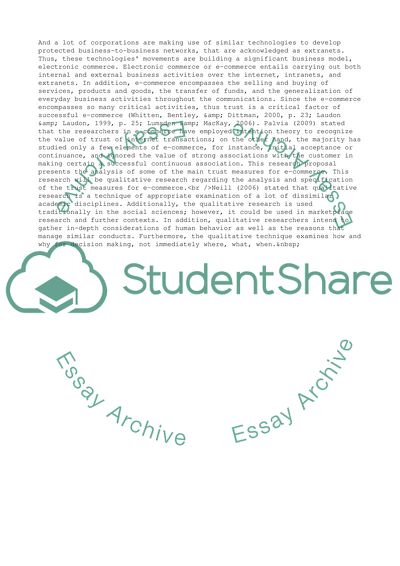Cite this document
(Developing and Validating Trust Measures for E-Commerce Research Proposal, n.d.)
Developing and Validating Trust Measures for E-Commerce Research Proposal. https://studentshare.org/management/1733286-developing-and-validating-trust-mesures-for-e-commerce
Developing and Validating Trust Measures for E-Commerce Research Proposal. https://studentshare.org/management/1733286-developing-and-validating-trust-mesures-for-e-commerce
(Developing and Validating Trust Measures for E-Commerce Research Proposal)
Developing and Validating Trust Measures for E-Commerce Research Proposal. https://studentshare.org/management/1733286-developing-and-validating-trust-mesures-for-e-commerce.
Developing and Validating Trust Measures for E-Commerce Research Proposal. https://studentshare.org/management/1733286-developing-and-validating-trust-mesures-for-e-commerce.
“Developing and Validating Trust Measures for E-Commerce Research Proposal”. https://studentshare.org/management/1733286-developing-and-validating-trust-mesures-for-e-commerce.


